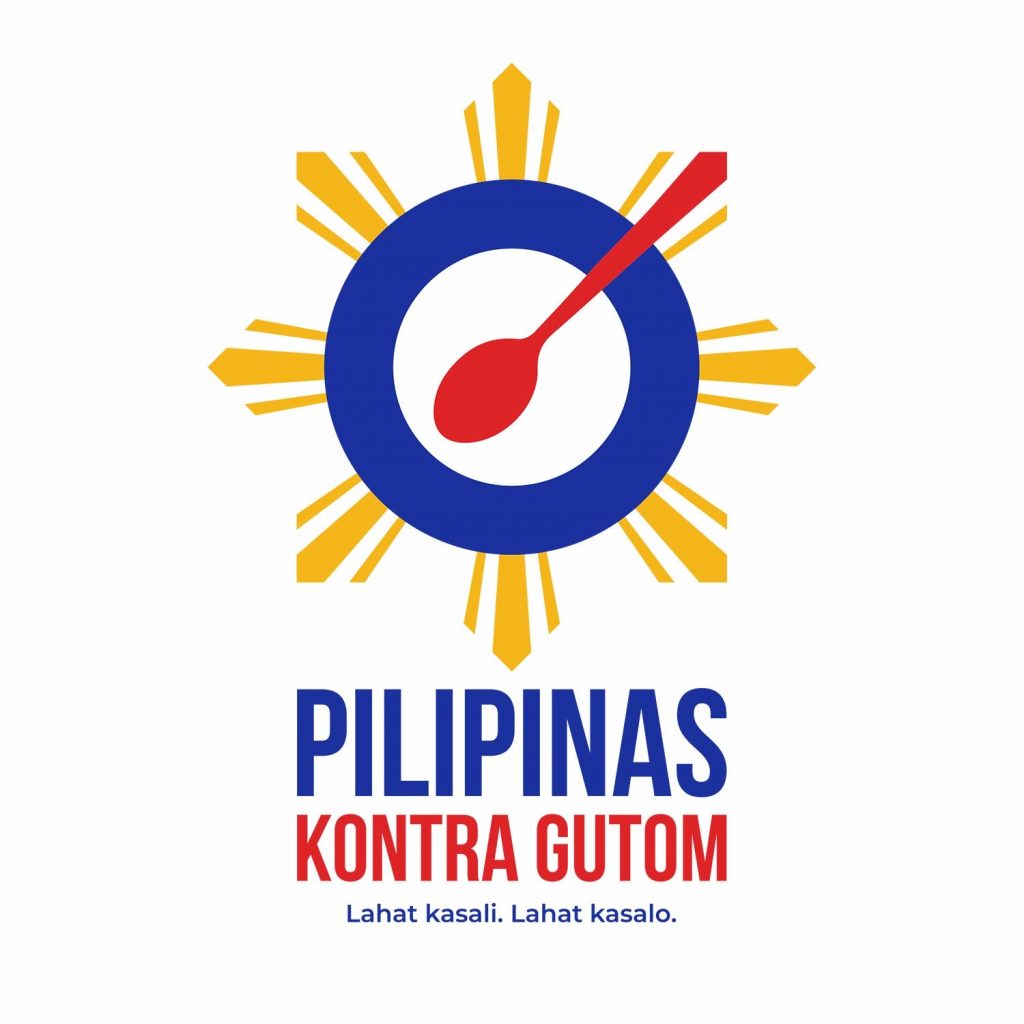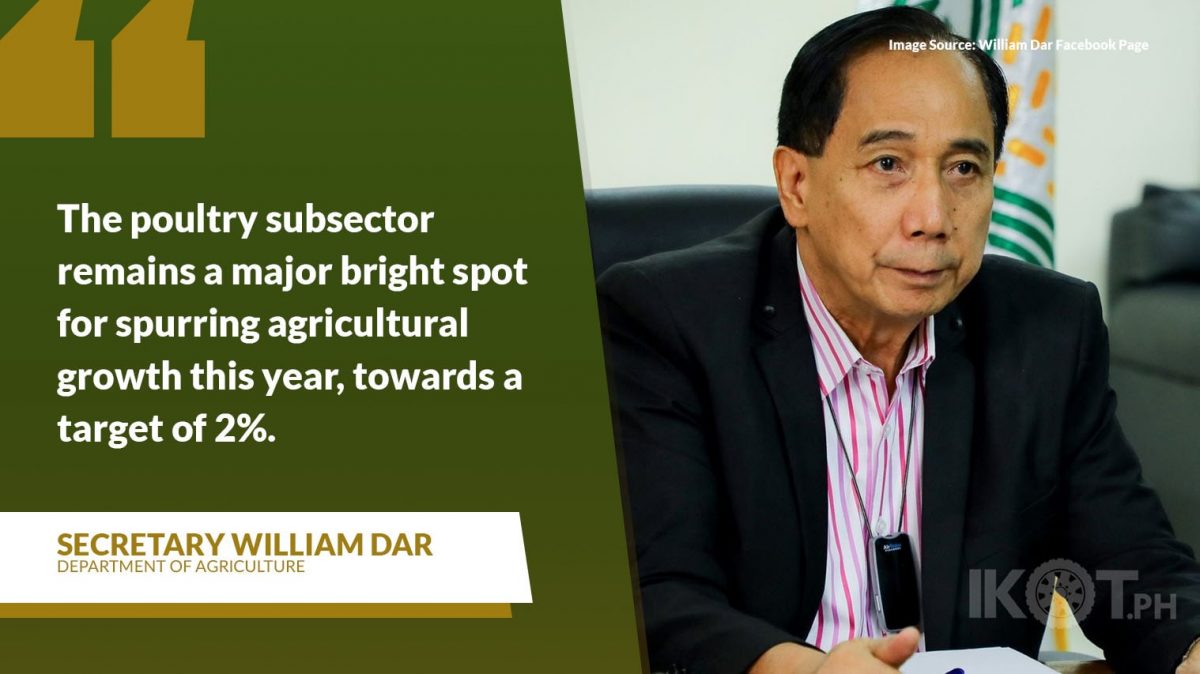“The Philippine poultry sector performs a crucial function in our pursuit of agricultural development – where farmers and fishers can have the dignity of being self-sufficient even as all Filipinos are allowed access to adequate food,” Secretary William Dar said during his opening address for the Philippine Poultry and Livestock Virtual Summit.
Dar added that as the country continues to manage the threat of African Swine Fever (ASF) and recover its hog population, “the poultry subsector remains a major bright spot for spurring agricultural growth this year, towards a target of 2 percent (%).”
Poultry production accounts for 13% of agriculture gross value added (GVA) and dressed chicken production in the Philippines surged 40% between 2009 and 2018, increasing from a million metric tons to 1.4 million.
In the second quarter of 2021, the poultry subsector also logged a 2.5% growth rate.
According to agriculture chief, the Department of Agriculture (DA) instituted an expanded poultry production and livelihood program with an initial investment of P337 million as part of the National Livestock Program.
“We aim to help farm families recover from the loss of jobs and unemployment due to the COVID-19 pandemic.”
“With this initiative, we aim to help farm families recover from the loss of jobs and unemployment due to the COVID-19 pandemic, and those whose poultry stocks were depleted by avian influenza,” the agriculture head explained.
Qualified beneficiaries of the program will have to organize into clusters, and they will receive initial stocks of poultry animals to raise and propagate as a source of food and sustainable income.
During the summit which aims at discussing the challenges and opportunities in the Philippine poultry industry, he also reported the DA’s plans and investments in the subsector including the establishment of postharvest and processing facilities.
“We are currently establishing a P50-million cold storage and meat-cutting facility in San Jose, Batangas.”
“We are currently establishing a P50-million cold storage and meat-cutting facility in San Jose, Batangas and a P90-million meat cutting plant and cold storage warehouse in Pampanga State Agricultural University (PSAU),” Dar said.
The operationalization of the Triple A dressing plant in Bamban, Tarlac will also address the supply chain in Metro Manila and in other parts of Luzon.
He also recognized the integral role of partners in the private sector for the vibrancy of all agricultural subsectors.
“The private sector has been most helpful in the rescue of the entire livestock sector, which suffered negative growth due to ASF. We need to involve more of our country’s best entrepreneurs in the effort – because they have a great deal to offer in terms of resources and expertise,” Dar said.
He also urged the leaders in the poultry industry to support the expansion and modernization of the relevant facilities to make the sector more competitive.
“Right now, we have the chance to build on the progress that we have made in the nation’s poultry sector. We have a chance to strengthen our nation’s food security, grow the economy even faster, create jobs, and lift people’s incomes and prospects. We just have to make some sensible investment choices,” Dar concluded.


